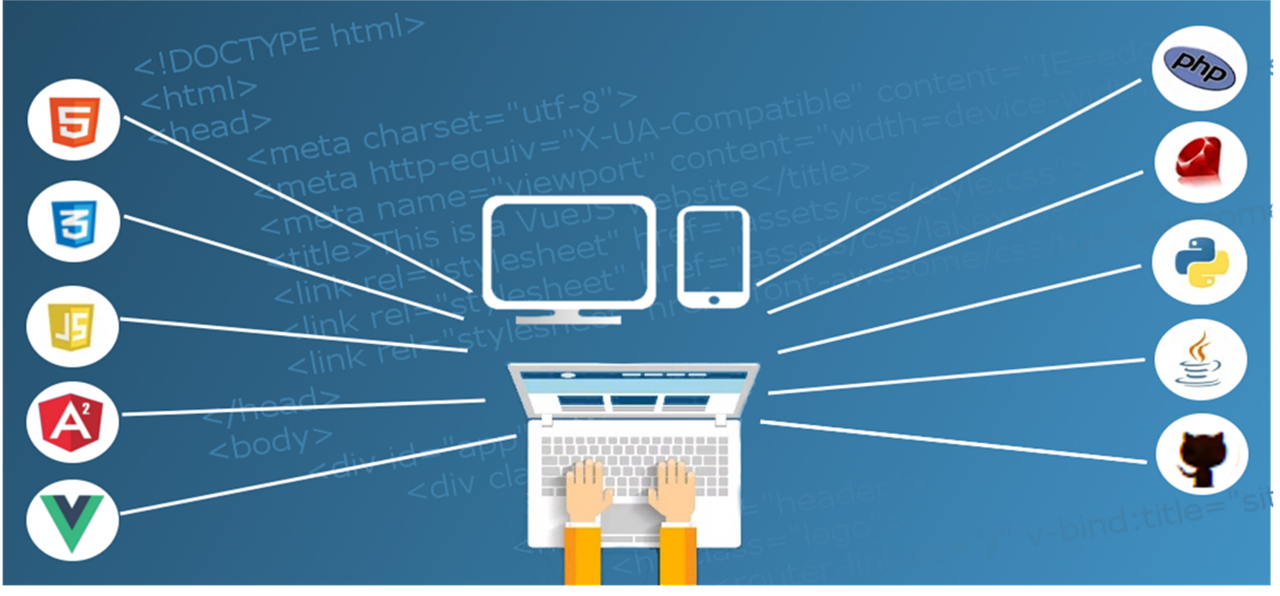Professional website development demands strategic precision beyond surface-level coding and design choices. Success requires methodical execution through defined development stages, each contributing to your digital infrastructure’s foundation. Website credibility hinges on design and functionality – 75% of users make their first business judgment based on these factors alone.
Quality website development follows a proven framework – from initial discovery to production deployment. Every phase serves distinct technical and business objectives, creating measurable value through structured implementation protocols. Businesses seeking digital excellence must master these development stages to achieve project success.
The planning and strategy phase establishes the foundation for successful website development. During this crucial first stage, organizations need to define clear website objectives that align with their business goals. A well-structured website strategy begins with establishing SMART goals: The development timeline typically spans several weeks, with the planning phase requiring 1-2 weeks for thorough completion. This initial investment in planning helps prevent budget overruns and project delays that commonly affect website development projects. Technology stack selection represents another critical planning component, as it impacts multiple aspects of the website’s performance. The chosen technologies directly influence user experience, infrastructure capacity, scalability, and security measures. Stakeholder involvement during this phase is essential for project success. Organizations should engage decision-makers early to secure necessary approvals and establish budget parameters. This collaborative approach ensures that the website development process remains aligned with organizational objectives while maintaining clear communication channels throughout the project lifecycle. The planning phase also includes comprehensive audience research and competitor analysis. Understanding target audience preferences and behaviors enables teams to create personalized experiences that resonate with visitors and drive engagement. The design and content development stage transforms strategic plans into tangible website elements. This phase begins with creating a comprehensive site architecture that serves as a blueprint for the website’s structure and navigation. Visual design elements form the foundation of an effective website interface: Content strategy requires careful planning and execution. A well-structured content plan includes mapping out information needs, clarifying content ownership, and establishing creation workflows. The development team must consider both desktop and mobile perspectives when implementing design concepts. The UI/UX design phase focuses on creating engaging user experiences while maintaining brand consistency. This includes applying brand guidelines to the user interface and optimizing the user experience to ensure efficient navigation. Content review becomes essential at this stage, assessing key marketing messages, brand tone of voice, and the balance between text and visual elements. The technical development phase brings website designs and plans into reality through careful coding and rigorous testing. Frontend development focuses on creating visual and interactive elements using HTML, CSS, and JavaScript to enhance user engagement. Meanwhile, backend development establishes the server-side infrastructure, managing databases and implementing business logic for efficient functionality. Quality assurance testing forms a critical component of the development process, as statistics show that one in three customers will abandon a website after a single poor experience. The testing phase encompasses multiple crucial aspects: The development team implements Continuous Integration practices, running automated checks on code updates to maintain quality standards. Security measures receive particular attention, with the implementation of HTTPS protocols and secure data handling procedures to protect against potential threats. Website development requires careful attention through each stage of the process, from initial planning to final deployment. Organizations that follow these structured phases create websites that effectively serve their business goals while meeting user expectations. Success in website development depends on thorough planning, strategic design decisions, and rigorous testing protocols. Statistics show that proper implementation across all stages leads to better user engagement, reduced maintenance costs, and stronger business outcomes. The website development journey demands dedication to quality at every step. Teams must prioritize user experience, maintain security standards, and ensure mobile responsiveness throughout the development cycle. Regular testing and optimization help create websites that stand out in today’s competitive digital landscape. Professional websites result from meticulous execution across all development stages. Organizations should focus on creating clear objectives, implementing strong design principles, and conducting comprehensive testing to build websites that truly serve their intended purpose. Moiz Banoori is a seasoned Digital Marketing professional with over eight years of expertise in content creation and digital journalism. At REDLUMB, he spearheads teams to craft impactful SEO strategies that drive online growth and visibility. With a background in journalism, Moiz leverages his expertise in digital marketing to develop effective strategies that boost online visibility and help clients achieve their goals.
Planning and Strategy Phase

Design and Content Development

Technical Development and Testing
How Can Structured Website Development Lead to Business Success?





